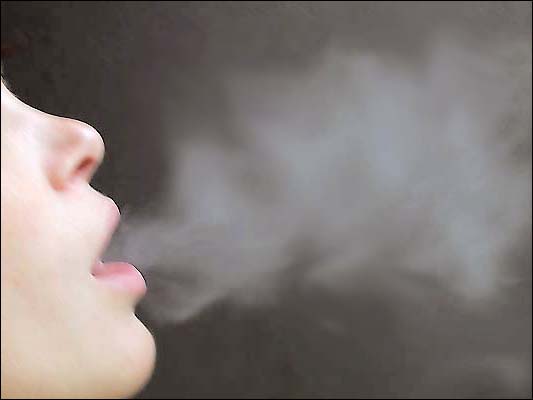| |
At some point in the course of the recent long Christmas weekend, I had the
pleasure of reading an article which elaborated upon the visibility of one's
breath at a specific temperature. This reminded me of my grandmother's stern
warnings, some 54 years ago, against the unhealthy properties of coins and
notes: having handled the stuff, one should always wash one's hands if one
was to survive the encounter. Although this has not made me an
obsessive-compulsive hand-washer, I can't help wondering whenever I urge my
daughter to wash up- a request which she usually requires me to substantiate
- whether I might not be talking her into this very n€sis. Add to this
reports by other sources to the effect that the current generation of
children are growing up to such high standards of sanitisation as to lack
opportunity to build a life-saving level of resistance for themselves
(another five years or so and you can bet she'll be hurling these insights
right back at me) and I have to force myself not to tell her that it might
be a good idea to launch a type of soap comprising a standard selection of
bacteria, thus enabling the ritual to be preserved even if prevailing views
were to change. Which could at the same time trigger a serious case of
obsessive-compulsive hand-washing in reverse. Picture it if you will:
passengers on board the tram - itself a spectacularly grubby environment if
my grandmother is to be believed - counting their small change, dropping a
sweet on the floor, picking it up between two filthy fingers and happily
popping it in their mouth, having a quick slurp at the bar and alighting,
revived and rejuvenated, several stops later.
It was this visible breath thing, however, which plunged me into deeper
thought. I have on occasion caught myself trying to avoid the air which had
just been breathed out by other people. How naive - for wouldn't it be more
to the point to wonder how many particles of our temporary accommodation
were used before, at some point in the course of the many millions of years
our planet has been around, somewhere in a single-cell organism, in the eye
tooth of a dinosaur, in the auricle of an Egyptian slave or, more recently,
in a hair forming part of Michael Heseltine's splendid mane, perhaps?
There's no escaping it: this will have to be computed, if only in the form
of statistical probability. After all, what's "new" about the New Year if we
ourselves are largely made up of ingredients that have been recycled many
times over.
|
